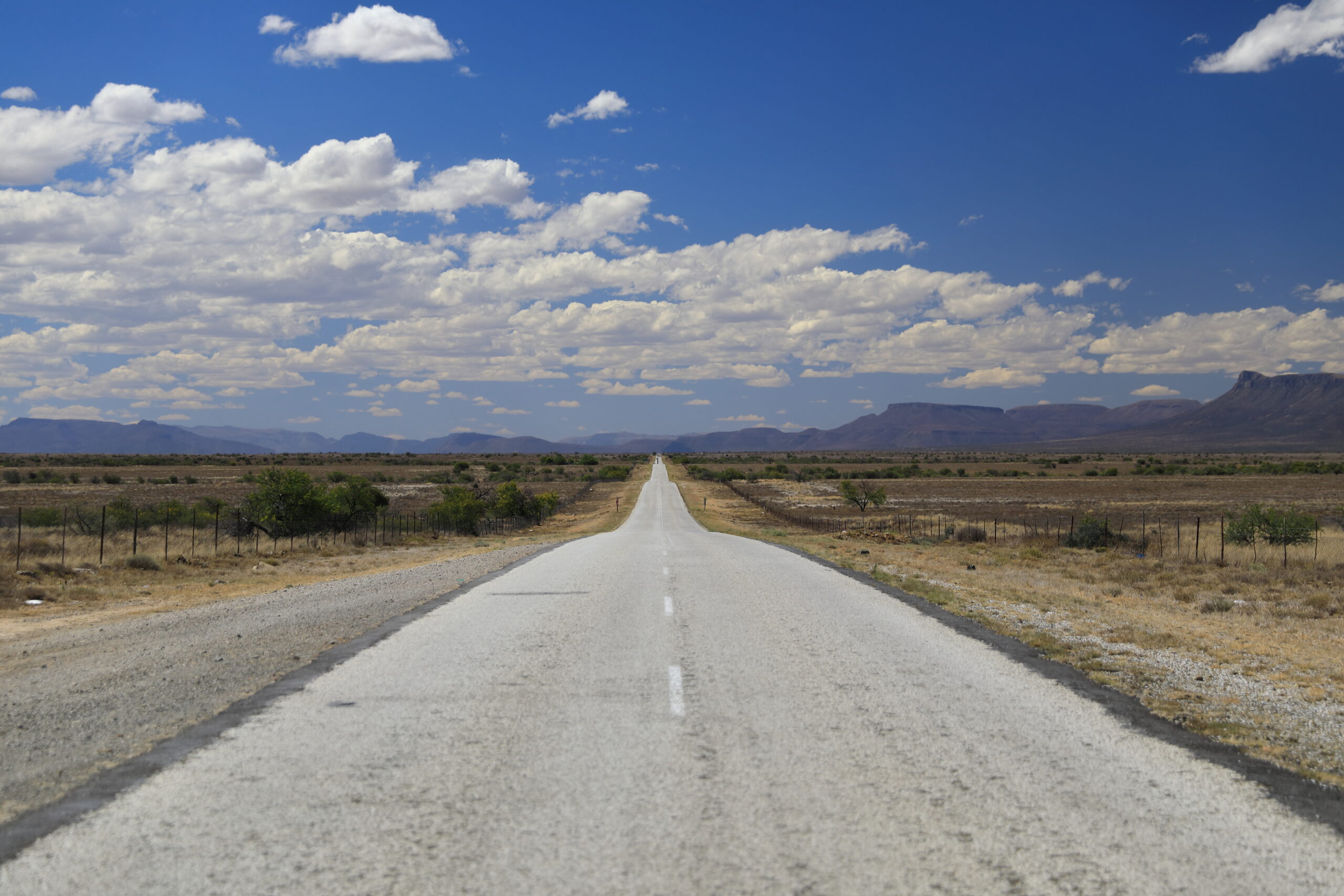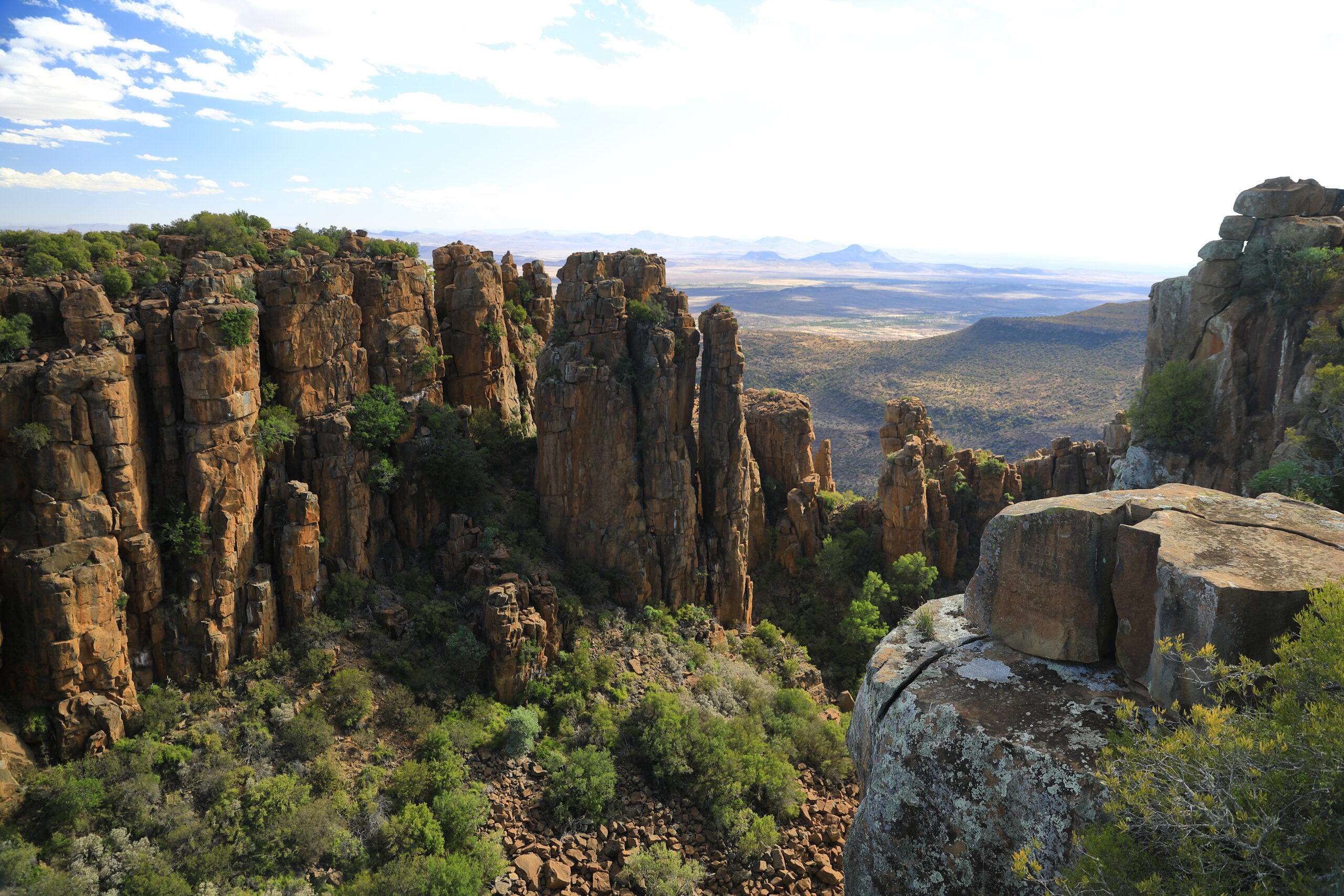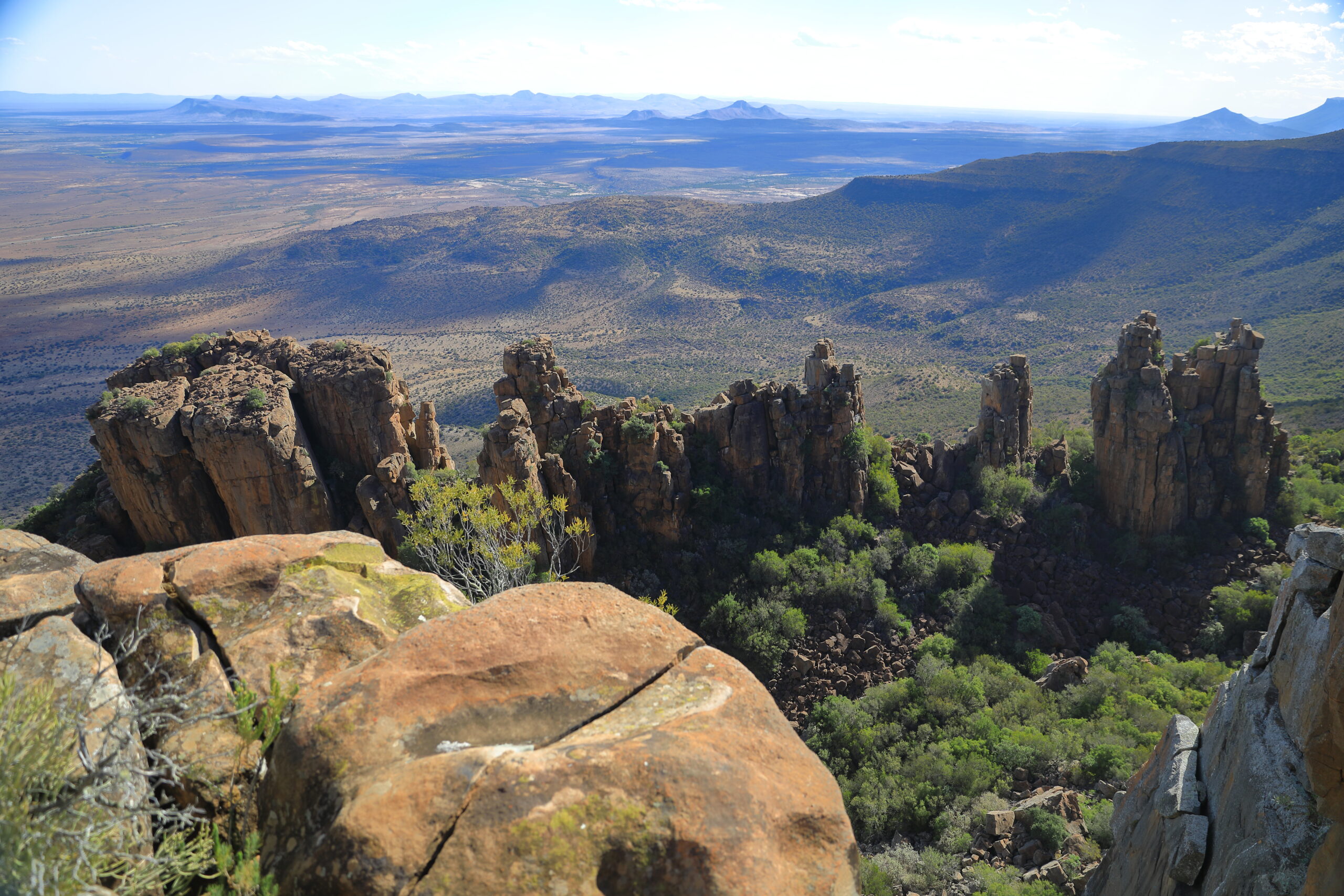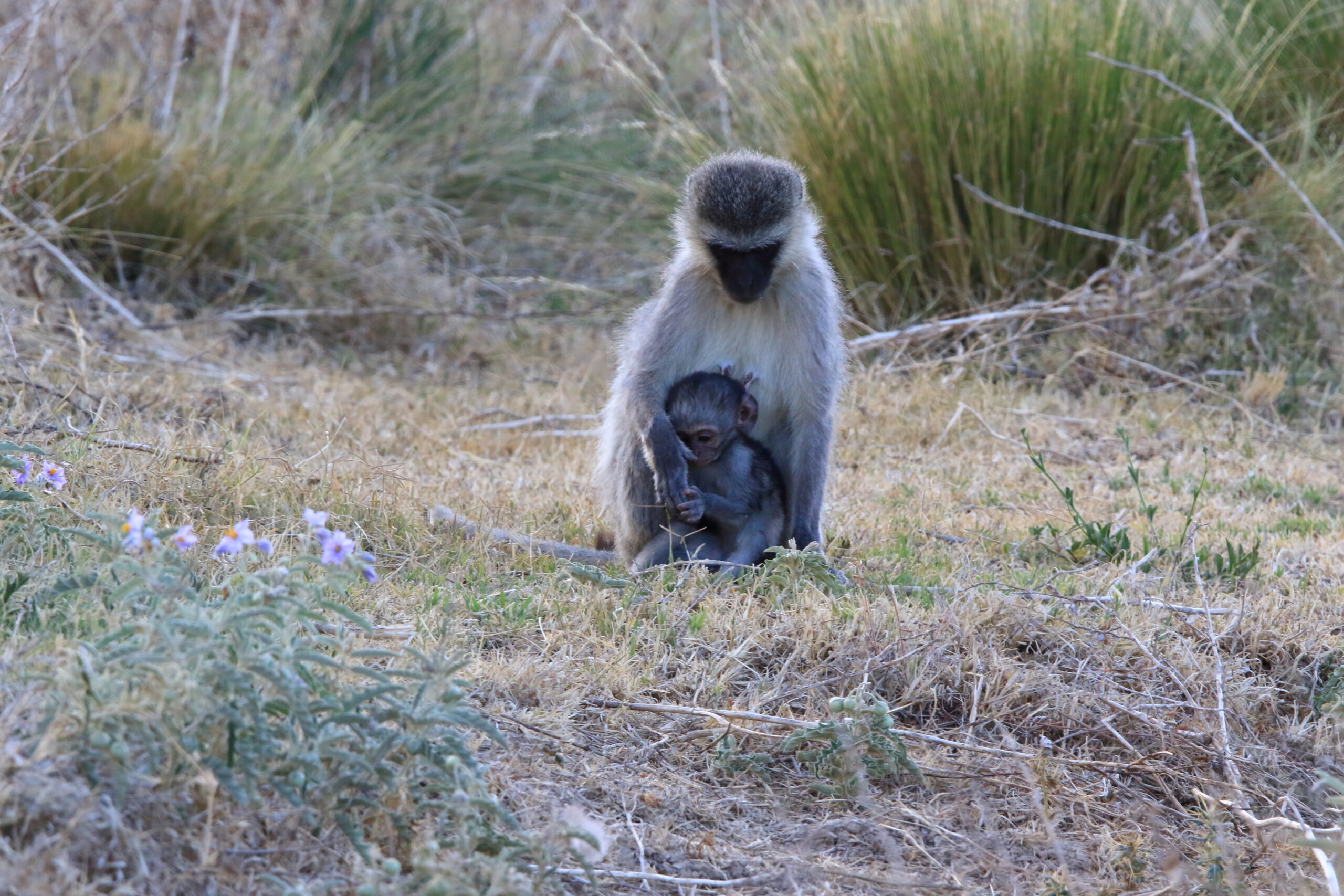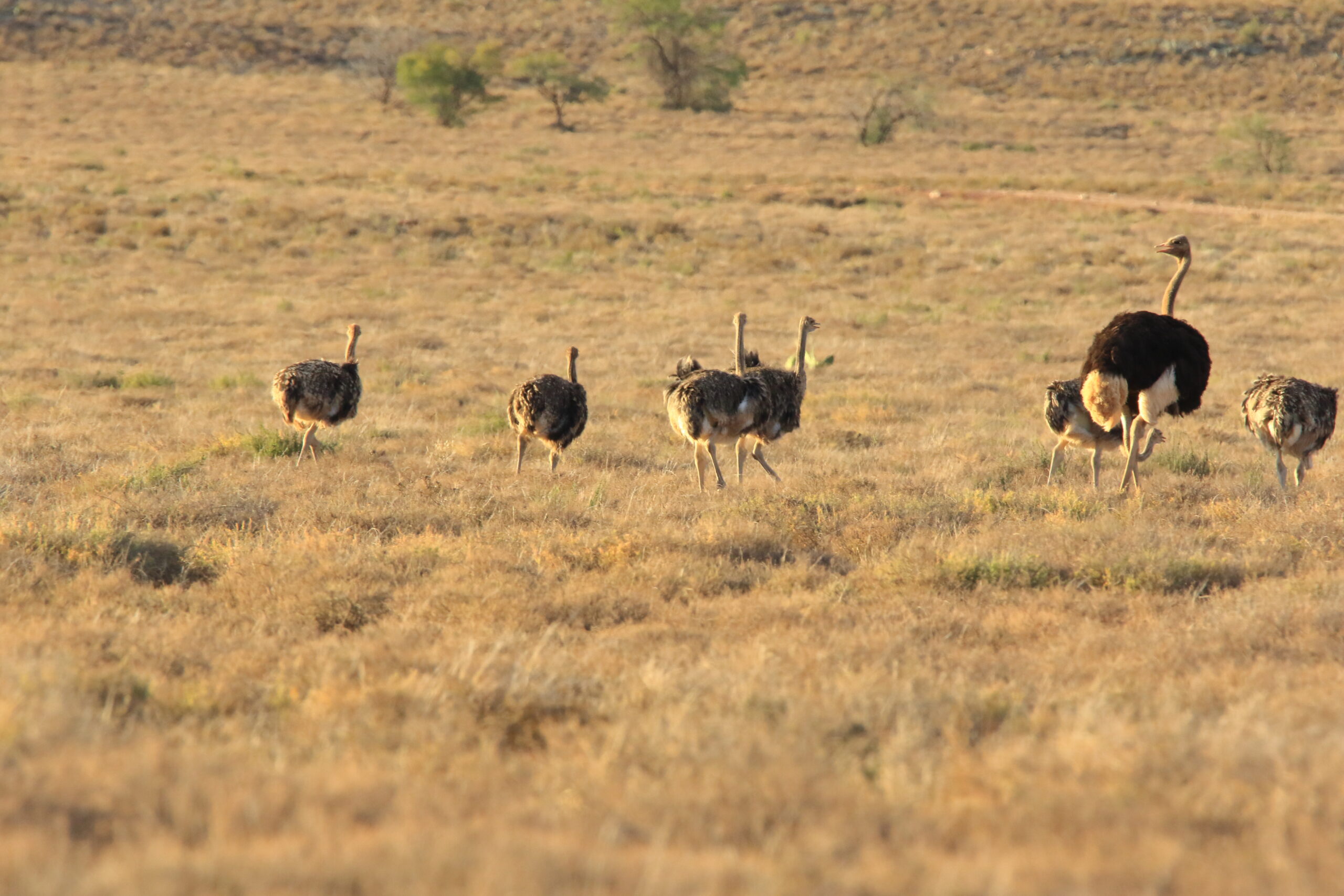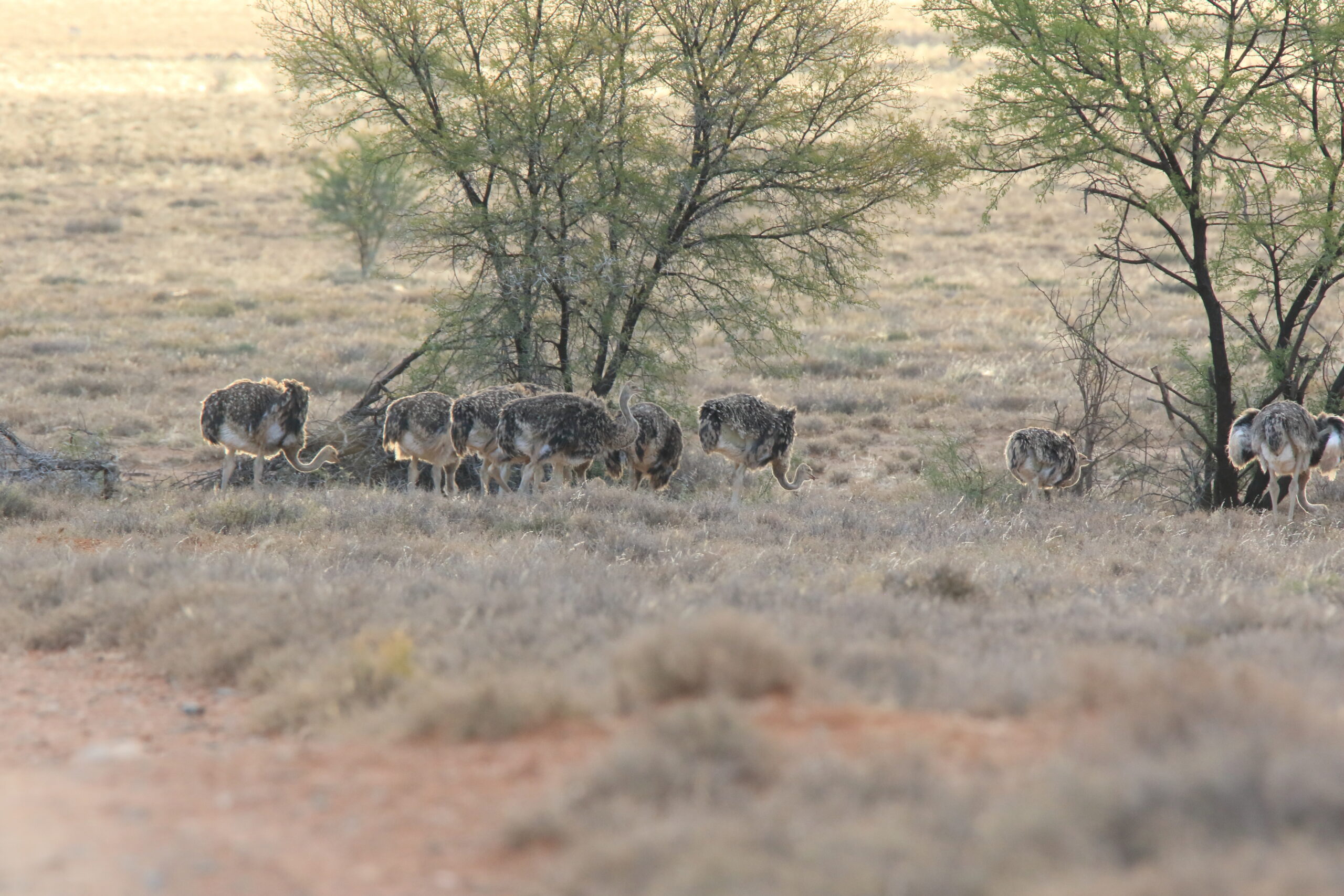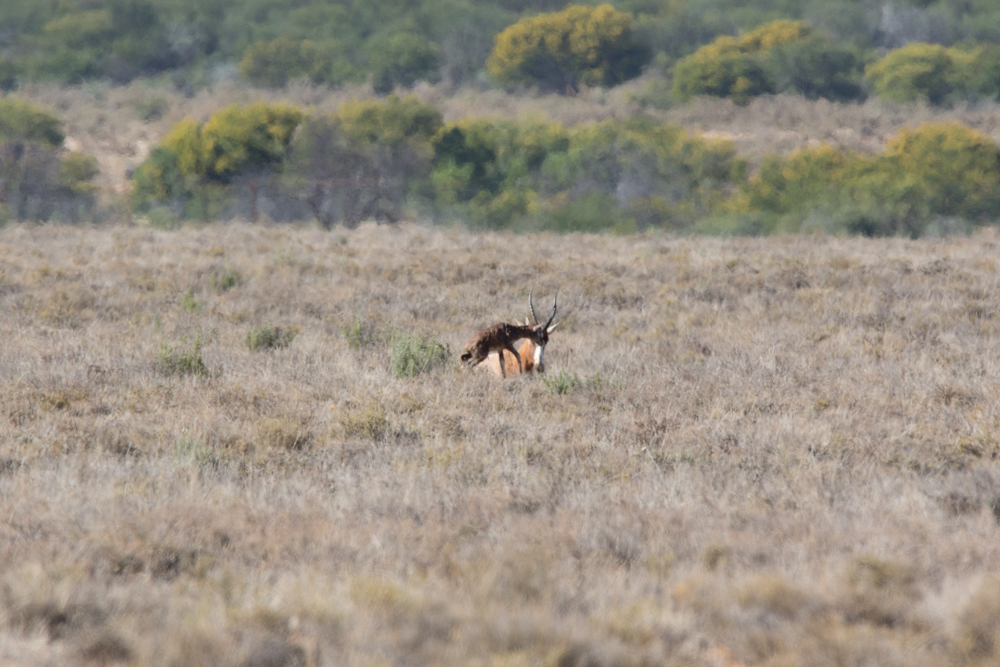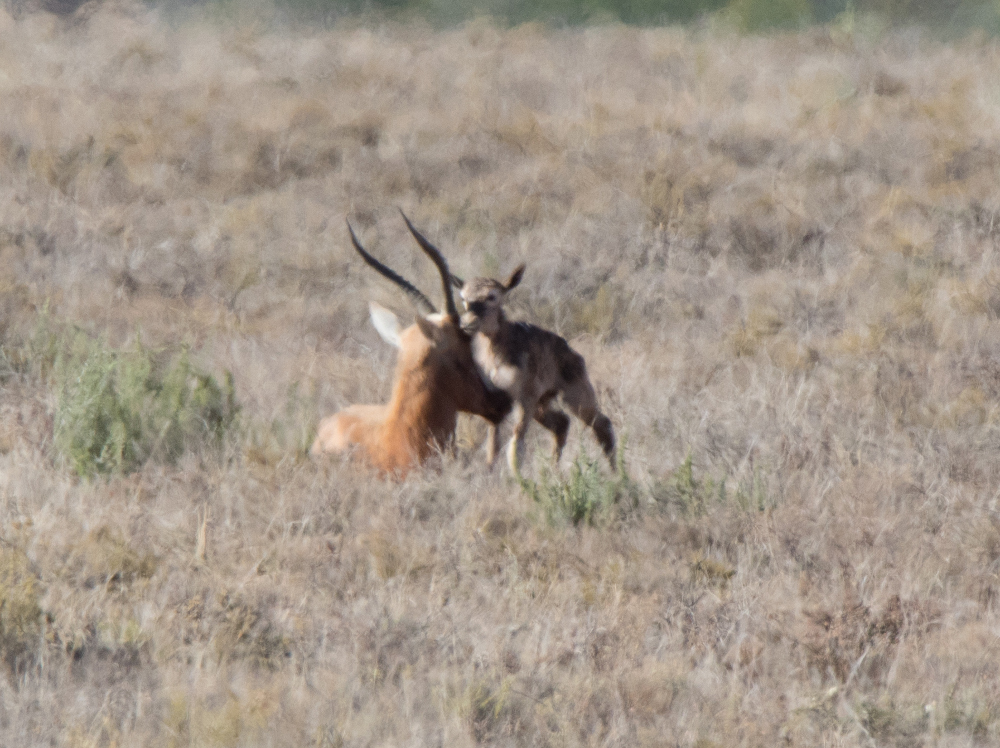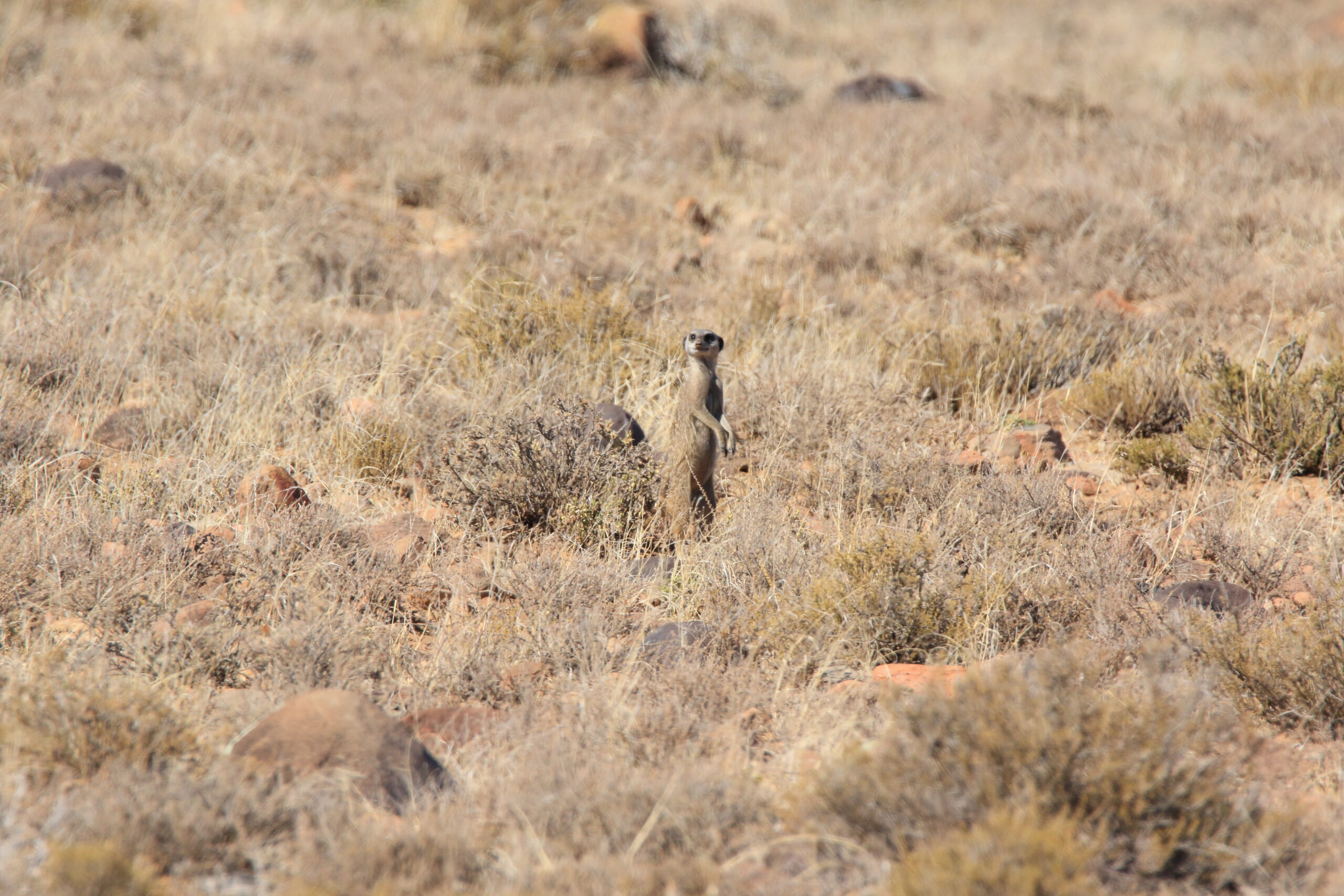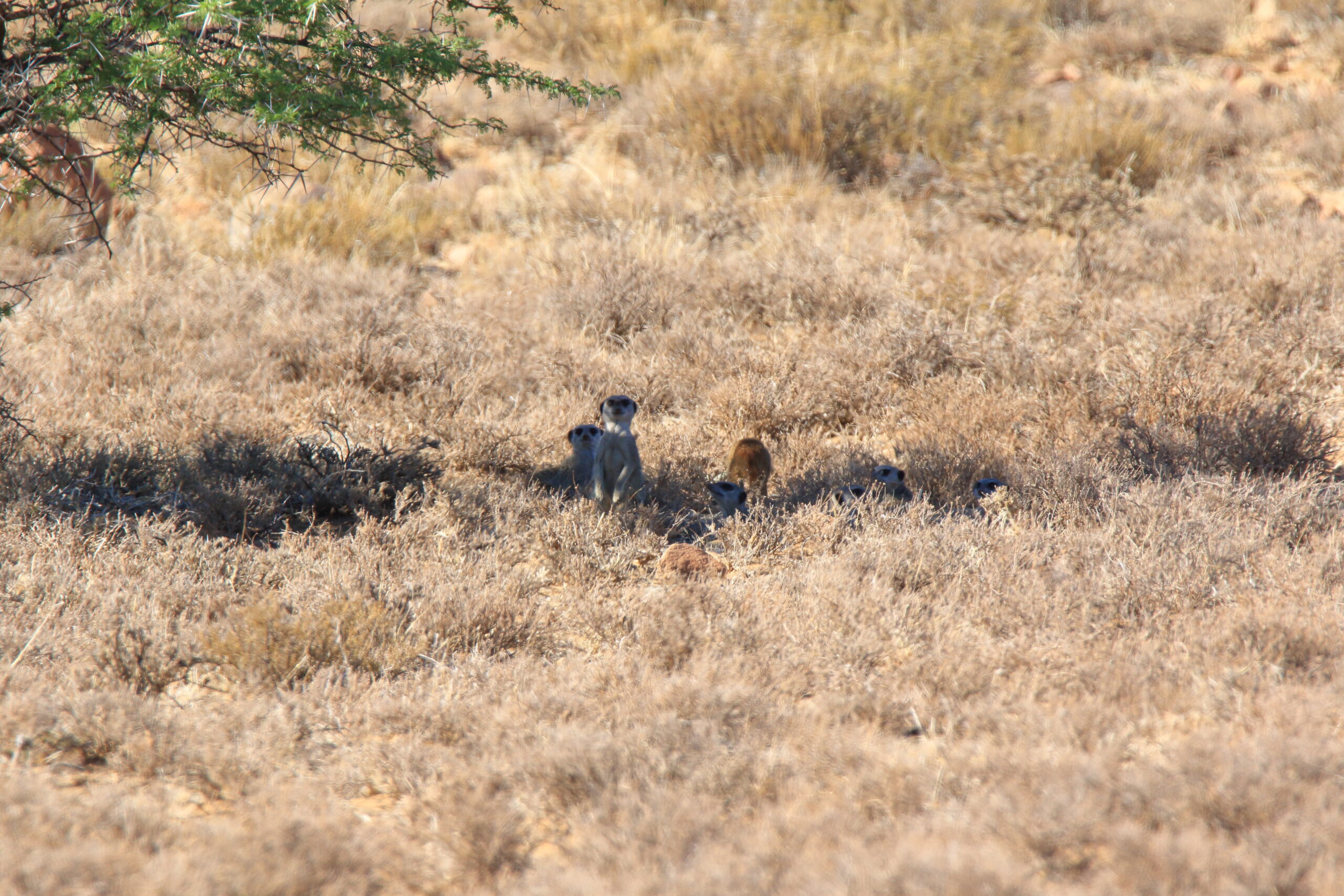Camdeboo National Park
South Africa – December 2018
South Africa has lots of wide-open landscapes. It only take a few hours to drive from Port Elizabeth to Graaff-Reinet near Camdeboo National Park. But even though it isn’t far on the map, it can feel a lot more desolate and remote. The Karoo region isn’t specifically defined on maps with a clearly-delineated border. It’s just a regional name for a semi-arid desert known for extreme heat in summer and cold in the winter. The topography caused by erosion helps create the spectacular landscape.
The dashboard temperature was reading 39C/102F when I pulled over to take the first photo. About one kilometer later, I stopped again to pick up a hitchhiker. I had just dropped one guy off at the previous town 15km back. Found him out in the middle of nowhere as well. Threat assessment for both was a low risk. They were both out in dangerous conditions for a very important reason, and robbing a motorist couldn’t be the reason. Both guys said they were just trying to get down the road for a job opportunity and didn’t have enough money to buy a bus ticket. When I dropped each guy off because I was turning and he needed to go further down that particular road, I gave each a bottle of water. They were not prepared.
Camdeboo National Park wraps almost completely around Graaff-Reinet and the surrounding small communities. The western portion of the park is the most popular. Visiting the Valley of Desolation is easy because the roads are paved and lead almost all of the way up to the lookout points. In that heat, a short hike is about all you want to do.
The northern section of Camdeboo is where to go if you want to see wildlife. Lots of grazers and not many predators. The park currently has a bumper crop of young ostriches. The baby vervet monkey was very cute.
I was driving through the very northern part of the game viewing area when I spotted a reedbuck far from any other animals. And by far, I mean close to a kilometer. It was also not close to the road. These photos are at full extension of my big lens and the animals still look small because of the distance. Heat shimmer over the ground because of the air temperature also doesn’t help for shooting sharp photos.
Seeing as how it was the only animal around, I kept one eye on it and one eye on the gravel road. I stopped when I saw it drop to the ground quickly and then a moment later a youngster jumped up. The baby started stumbling around and my first thought was “how old are you?” That was my reaction because it didn’t seem to have any coordination. I couldn’t believe there was any chance it was brand new. Odds were just way too great against that. But having grown up on a farm, its inability to walk reminded me of newborn horses when they take their first steps and those long legs aren’t communicating well with the brain. Wild babies have to gain coordination quickly to survive. They can’t afford more than a couple of hours without being able to keep up with the herd.
I sat there watching for a while as the baby lurched and stumbled around the mother. She finally stood up and the baby immediately started nursing. When looking at the photos after the drive, I discovered the baby really was a newborn and I had seen its first steps. In some of the photos I got of the mother standing with the baby nursing, it is possible to see the afterbirth still attached to the mother.
When I rolled into Port Elizabeth on Christmas evening, I had a couple of options. Relax for a couple of days with basically nothing to do, or drive up to visit a couple of national parks. What tipped the scales in favor of the parks? Meerkats. When I saw meerkats listed among the wildlife at Camdeboo, I just had to go. Didn’t see them on my first day in the park. But I was lucky enough to see a family of them on the second day. Like the newborn reedbuck, they were far from the road. They’re not very big, so the photos aren’t great. But it was a lot of fun watching them run around. The multitude of nature documentaries featuring meerkats don’t have to fake that level of cuteness. What you see on TV is just what they’re like in the wild.
